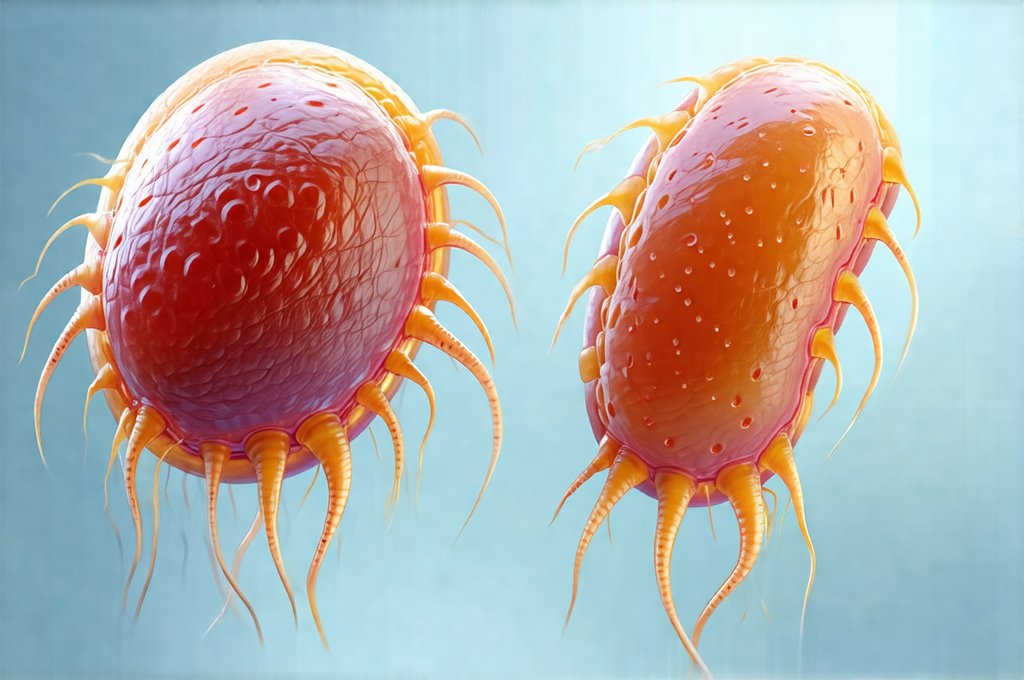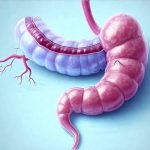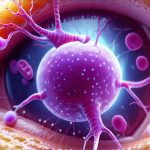The world of gut bacteria is undergoing a revolution. For decades, our understanding of probiotics largely centered around Lactobacillus and Bifidobacterium, strains that have become synonymous with digestive health. However, recent scientific advancements are revealing a far more complex ecosystem within us, populated by diverse microbial communities whose influence extends beyond the gut itself – impacting immunity, metabolism, even mental wellbeing. This shift in perspective has led to an exciting exploration of ‘next-generation’ probiotics, organisms that offer novel mechanisms and potentially greater therapeutic benefits than traditional strains. We’re moving away from a one-size-fits-all approach towards personalized microbial solutions tailored to individual needs and health goals.
This isn’t merely about adding more bacteria; it’s about understanding which bacteria are most beneficial, how they interact with each other and the host, and how we can cultivate a thriving gut microbiome for optimal health. The focus is broadening beyond simply ‘probiotics’ – live microorganisms that confer a health benefit to the host – to encompass ‘postbiotics’ (metabolic byproducts of bacterial fermentation) and even phage therapy (using viruses to modulate bacterial populations). This emerging field promises to reshape our approach to preventative medicine and chronic disease management, offering innovative strategies for enhancing wellbeing from within. Understanding gut inflammation can also play a role in this process.
Akkermansia: A Pioneer in Gut Health
Akkermansia muciniphila, a gram-negative bacterium residing in the mucus layer of the gut, has rapidly gained prominence as a key player in maintaining gut barrier integrity and overall health. Unlike many common probiotics that colonize the intestinal lumen, Akkermansia uniquely thrives on consuming mucin – the protective substance secreted by intestinal cells. This seemingly unusual behavior is precisely what makes it so valuable. By degrading mucin, Akkermansia stimulates mucus production, strengthening the gut barrier and preventing ‘leaky gut’ syndrome, where harmful substances can cross into the bloodstream.
This bacterium isn’t just passively consuming mucin; its activity triggers a cascade of beneficial effects. Studies have shown a strong correlation between higher levels of Akkermansia and improved glucose metabolism, reduced inflammation, enhanced immune function, and even weight management. It appears to play a role in regulating the gut-brain axis, potentially influencing mood and cognitive function. Importantly, Akkermansia levels tend to decline with age, dietary changes (particularly those high in processed foods), antibiotic use, and certain lifestyle factors – highlighting the need for strategies to promote its growth or supplementation where appropriate.
The mechanisms underlying Akkermansia’s benefits are still being unravelled but involve several key pathways: production of short-chain fatty acids (SCFAs) like acetate, propionate, and butyrate which nourish gut cells and have systemic anti-inflammatory effects; modulation of the host’s immune response by interacting with intestinal immune cells; and enhancement of gut barrier function via mucin turnover. While Akkermansia is notoriously difficult to culture in a lab setting – presenting challenges for probiotic formulation – innovative approaches like heat-killed Akkermansia pasteurised products are emerging as viable alternatives, offering similar benefits without the need for live cultures. Understanding gut pH can also provide insights into its activity.
Beyond Akkermansia: Other Emerging Strains
The excitement surrounding Akkermansia has spurred research into other less conventional probiotic candidates with promising potential. Several strains are now attracting significant attention due to their unique properties and mechanisms of action.
- Faecalibacterium prausnitzii: Often found in reduced abundance in individuals with inflammatory bowel disease (IBD), this bacterium is a potent producer of butyrate, an SCFA crucial for gut health. It exhibits anti-inflammatory properties and may help restore balance within the gut microbiome. Its low abundance makes it challenging to deliver as a probiotic, but research is ongoing into methods for enhancing its growth and viability.
- Bacteroides fragilis: While some Bacteroides species can be opportunistic pathogens, certain strains like B. fragilis are beneficial commensals that produce vitamin K2 and contribute to gut barrier function. Specific strains have shown promise in modulating the immune system and alleviating symptoms of IBD.
- Clostridium butyricum: Despite its name (which may evoke negative connotations), C. butyricum is a spore-forming bacterium known for its robust survival rate through stomach acid and its ability to produce butyrate. It’s been used in traditional medicine for decades and is gaining traction as a potential probiotic for improving gut health and immune function.
The key difference between these emerging strains and the more established probiotics lies in their ecological niche within the gut and their specific metabolic capabilities. They aren’t simply replacements for Lactobacillus or Bifidobacterium; they represent complementary players that can contribute to a more diverse, resilient, and functional microbiome. Understanding these nuanced differences is crucial for developing targeted probiotic interventions. Exploring bile in digestion will provide insights into how this process works.
The Challenges of Probiotic Supplementation & Delivery
While the potential benefits of emerging probiotics are compelling, several challenges remain in translating research into effective supplementation strategies. One significant hurdle is colonization. Many probiotic strains struggle to establish a long-term presence within the gut, often being outcompeted by existing microbial communities or eliminated through natural processes like peristalsis and bile acid exposure. This raises questions about the efficacy of short-term probiotic interventions.
Delivery methods also play a critical role. Traditional capsules may not adequately protect bacteria from stomach acid and digestive enzymes, reducing their viability before they reach the intestine. Enteric coatings – designed to release probiotics in the small or large intestine – offer some protection but can still be insufficient for certain strains. Novel delivery systems like microencapsulation (enclosing bacteria within protective matrices) and lyophilization (freeze-drying) are being explored to improve bacterial survival and targeted delivery.
Another challenge is personalization. The microbiome is highly individual, influenced by genetics, diet, lifestyle, and environmental factors. What works for one person may not work for another. Therefore, a personalized approach – tailoring probiotic interventions based on an individual’s unique microbial profile – holds the greatest promise. This requires advanced diagnostic tools to assess gut composition and function, as well as sophisticated algorithms to identify optimal probiotic combinations. The role of stomach acid testing can be critical here.
The Future of Microbial Therapeutics
The exploration of Akkermansia and other emerging probiotics marks a paradigm shift in our understanding of gut health and its impact on overall wellbeing. We are moving beyond simply treating symptoms to addressing the root causes of disease by manipulating the microbiome. This future holds exciting possibilities, including:
- Precision Probiotics: Developing probiotic formulations based on individual microbial profiles and specific health goals.
- Synbiotic Approaches: Combining probiotics with prebiotics (fibers that nourish beneficial bacteria) to enhance their growth and activity.
- Phage Therapy: Utilizing bacteriophages – viruses that selectively target harmful bacteria – to restore balance within the gut microbiome.
- Fecal Microbiota Transplantation (FMT): While still largely confined to clinical settings, FMT holds promise for restoring a healthy microbiome in individuals with severe gut dysbiosis.
- Postbiotic Therapies: Focusing on the metabolic byproducts of bacterial fermentation – SCFAs, vitamins, and other bioactive compounds – as therapeutic agents.
The key to unlocking the full potential of microbial therapeutics lies in continued research, technological advancements, and a holistic understanding of the complex interactions within the gut ecosystem. It’s not just about finding ‘better’ probiotics; it’s about cultivating a thriving microbiome that supports optimal health and resilience. The journey into the microscopic world within us has only just begun, but the discoveries already made suggest a profound impact on the future of medicine and wellbeing. Considering fasting and refeeding can also contribute to microbial balance. And finally, understanding gut bacteria in managing nausea is vital for overall health.


















